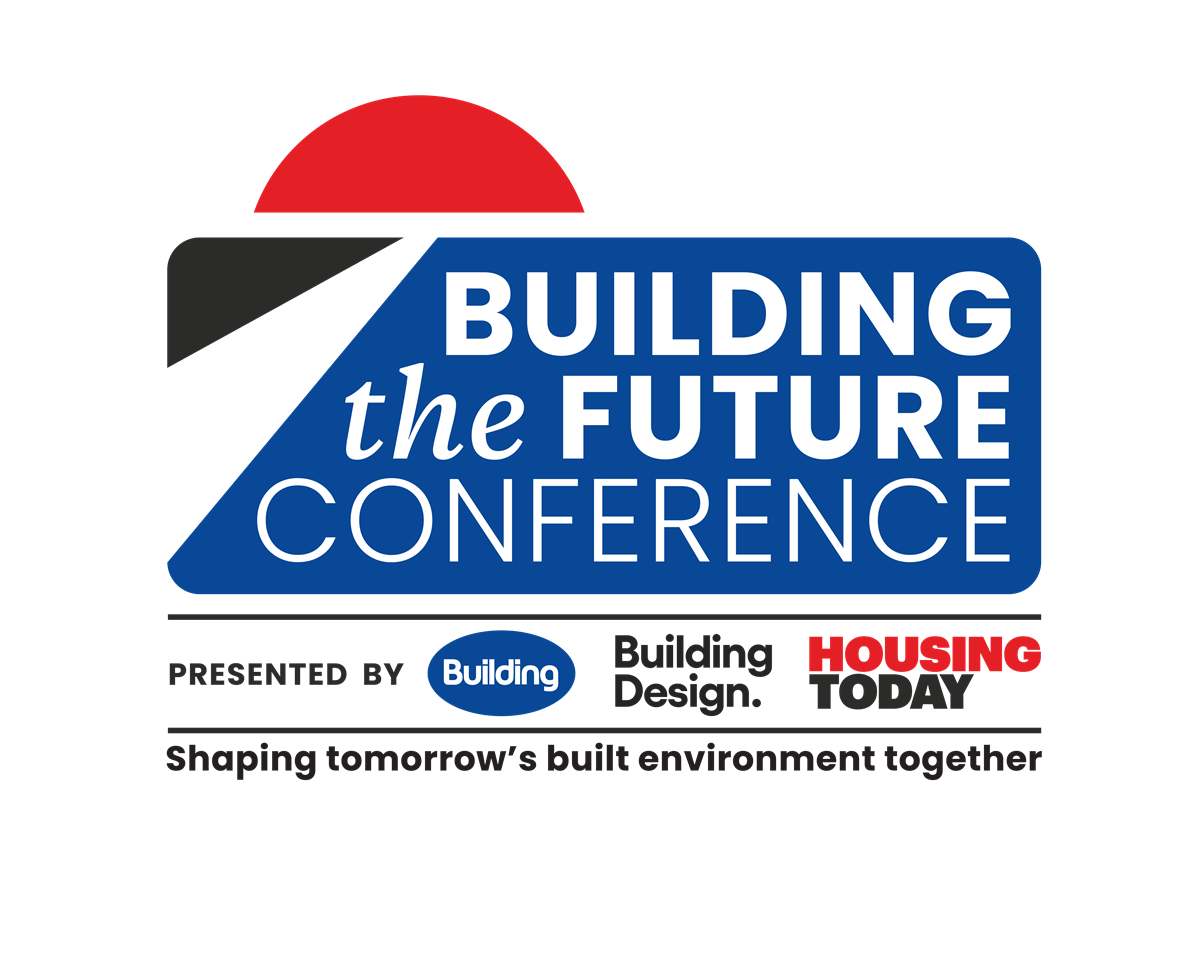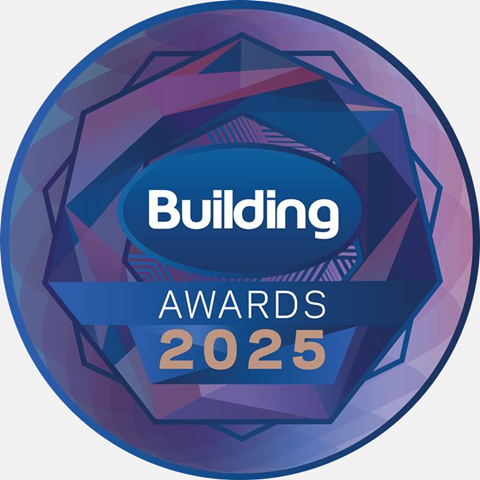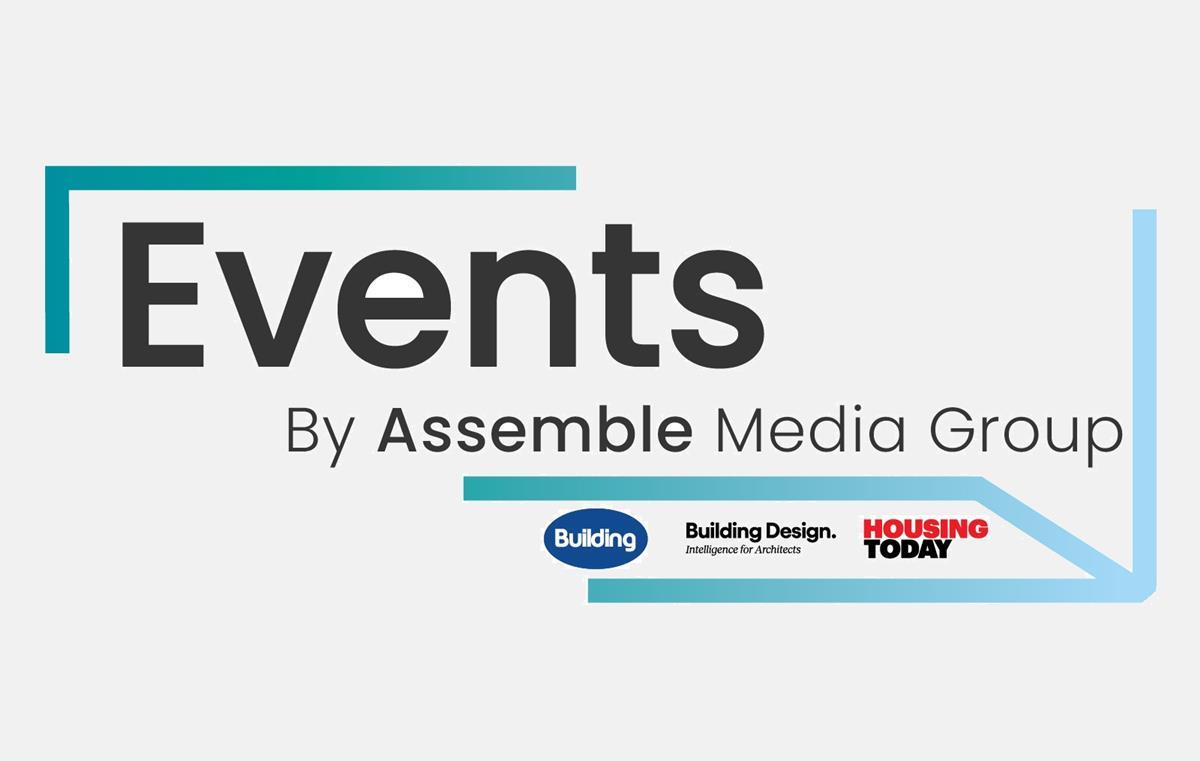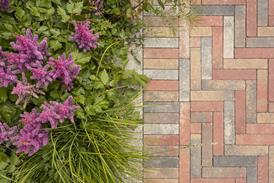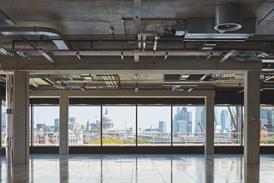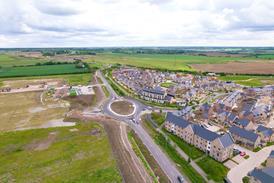- News
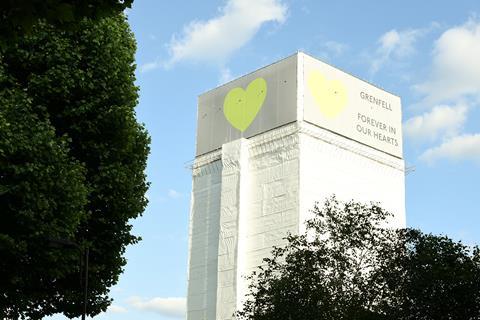
All the latest updates on building safety reformRegulations latest
- Focus
- Home
- News
- Focus
- Comment
- Events
- CPD
- Building the Future
- Jobs
- Data
- Subscribe
- Building Boardroom
University challenge: how estate teams are investing and innovating despite financial pressures
By Mike Borkowski 2025-10-20T06:00:00

In the face of ever-increasing budgetary strain, universities are shifting their focus from expansive projects towards schemes that deliver operational savings, environmental performance and an all-round better student experience, writes Mike Borkowski
With UK universities facing rising deficits, course cuts and job losses, one group is quietly driving transformation: the estates and facilities teams.
At Morgan Sindall we work closely with universities across the country, and we are seeing at first hand how estate departments are not just maintaining their campuses – they are transforming them.
The focus largely has shifted from expansive capital projects to targeted investments with lasting impact. Universities are refocusing on projects which deliver long-term operational savings, environmental performance and better experiences for students and staff.
Refurbishments that modernise existing space, retrofits that reduce energy demand, and adaptive reuse of underutilised buildings are all becoming the norm.
Already registered? Login here
To continue enjoying Building.co.uk, sign up for free guest access
Existing subscriber? LOGIN
Stay at the forefront of thought leadership with news and analysis from award-winning journalists. Enjoy company features, CEO interviews, architectural reviews, technical project know-how and the latest innovations.
- Limited access to building.co.uk
- Breaking industry news as it happens
- Breaking, daily and weekly e-newsletters
Get your free guest access SIGN UP TODAY

Subscribe now for unlimited access
Subscribe to Building today and you will benefit from:
- Unlimited access to all stories including expert analysis and comment from industry leaders
- Our league tables, cost models and economics data
- Our online archive of over 10,000 articles
- Building magazine digital editions
- Building magazine print editions
- Printed/digital supplements
Subscribe now for unlimited access.
View our subscription options and join our community






